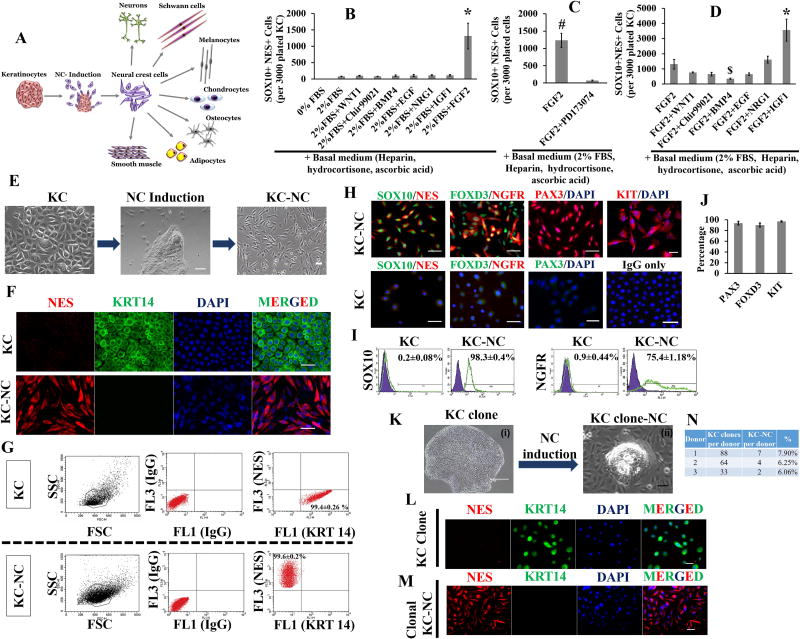Figure 1. Keratinocytes induction into neural crest fate.
Scheme of NC induction of KC (A). FGF2 significantly promotes NC induction of KC as shown by increase in SOX10 and NES dual positive (SOX10+NES+) cells (n=3 donors, *p < 0.001) (B). KC to NC induction is blocked by FGFR inhibitor PD173074 (n=3 donors, #p < 0.01) (C). IGF1 potentiates KC to NC induction as shown by increase in SOX10+NES+ cells (n=3 donors, *p < 0.001 and $p < 0.05) (D). Phase images of KC to NC induction process; after 3 days of induction treatment, small spindle shaped cells migrated outwards from KC clusters and proliferated, while newer cells continued to delaminate from the KC clusters (n= 30 donors) (E). Emigrated KC-NC cells reduced KRT14 expression and upregulated NES as determined by immunofluorescence (F) and flow cytometry (G). KC-NC expressed SOX10, NGFR, FOXD3 and PAX3 as confirmed by immunofluorescence (H, J) and by flow cytometry for SOX10 and NGFR (I). KC possess NC competence at the clonal level as single KC derived clones gave rise to KRT14 negative and NES positive NC cells. A representative KC clone is shown (KLM). Percentage of KC clones (from 3 donors) that gave rise to KC-NC (N). Scale bars, 50µm (except for Ki, which indicate 400µm). All values are mean±SD. Experiments were repeated three times independently.

